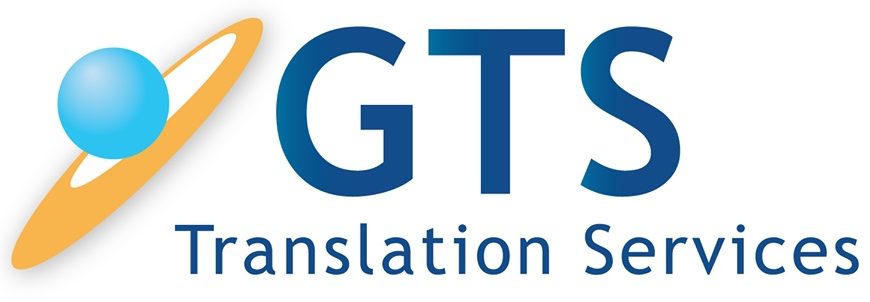The Hmong language in American healthcare
The Hmong community has deep roots in the United States, particularly in Minnesota, Wisconsin, and California’s Central Valley. These families, many of whom arrived as refugees after the Vietnam War, now represent one of the largest Southeast Asian language groups in the U.S. The Hmong language, with its tonal structure and two main dialects (White Hmong and Green Hmong), presents unique challenges for healthcare translation — especially when technical medical terminology is involved.
Many Hmong elders remain more comfortable reading and speaking in Hmong than in English. For them, consent forms, treatment agreements, and aftercare instructions written in English can be difficult to understand. When healthcare depends on informed decision-making, language becomes a clinical necessity, not a courtesy.
Why accurate translation is a matter of equity
Healthcare providers that serve linguistically diverse populations face a legal and ethical responsibility to make information accessible. Title VI of the Civil Rights Act requires federally funded institutions to offer “meaningful access” for limited English proficient (LEP) individuals. Likewise, HIPAA regulations and state Medicaid programs emphasize that privacy notices, financial policies, and informed-consent materials must be understandable to every patient.
In states such as Minnesota, Hmong is listed among the threshold languages for translated materials in healthcare settings. Dental and orthodontic offices, community and private health/medical clinics, and public hospitals routinely translate entire patient packets — from privacy notices to consent forms — to ensure compliance and patient comprehension.
What documents most often require translation
Language access policies typically apply to all documents that explain a patient’s rights, responsibilities, or financial obligations. Common examples include:
- Consent-to-treat and HIPAA privacy acknowledgment forms
- Medical and dental history questionnaires and intake forms
- Aftercare and home-care instructions following treatment
- Payment instructions, recurring payment authorizations, and financial responsibility policies
- Account release and insurance authorization forms
- Scheduling policies, cancellation notices, and patient communications
- Educational materials, public-health leaflets, and clinic signage
The cultural dimension of translation
Beyond compliance, there is a cultural layer that makes Hmong translation particularly sensitive. Hmong communication style is relational and indirect, rooted in oral traditions. Words like “consent,” “authorization,” or “financial responsibility” may have no exact one-to-one equivalents. Translators must balance accuracy with respect, explaining complex concepts in language that feels natural and trustworthy.
This is why literal or machine-generated translations often fail. A form may look correct linguistically but remain confusing to the reader — or worse, unintentionally disrespectful. Effective Hmong translation requires not only linguistic skill but also cultural empathy and awareness of local usage patterns.
Language access as public health
When language barriers are reduced, the benefits ripple outward. Patients follow instructions more accurately. Clinics spend less time clarifying financial obligations. Misunderstandings — and malpractice risks — decline. Ultimately, language access improves both patient safety and community health outcomes.
Public-health agencies have long recognized that investing in translation is not just an administrative cost — it’s a preventive measure. For clinics in the Upper Midwest and Central California, adding Hmong materials to patient communications isn’t about checking a box; it’s about practicing equitable medicine.
How GTS supports this mission
GTS Translation Services partners with healthcare providers nationwide to produce accurate, culturally appropriate translations in over 100 languages — including Hmong. Our healthcare translation services help clinics meet regulatory requirements, protect patient privacy, and communicate with clarity and respect.
All Hmong translations at GTS are performed by qualified human linguists specializing in healthcare and reviewed under the ISO 17100:2015 quality standard. We handle entire patient packet workflows — from privacy notices to payment authorizations — while maintaining HIPAA-compliant data security and precise document formatting.
If your clinic, dental practice, or health department is seeking to expand language access for Hmong-speaking patients, GTS can help. Our mission is to make every patient feel understood — in their own words.
Authoritative Resources
Hmong Population & Demographics
- MN Compass: Hmong population in Minnesota
- Pew Research: Facts about Hmong in the U.S. (2025)
- Hmong Studies Journal: Hmong Population Trends in the 2020 U.S. Census (Pfeifer)
Title VI / Section 1557 & Language Access
- HHS OCR: Limited English Proficiency (Title VI & Section 1557)
- HHS OCR: Guidance for Recipients of Federal Financial Assistance (Title VI)
- HHS OCR: Title VI LEP Guidance – Fact Sheet
- Medicaid.gov: Translation & Interpretation Services (CHIPRA matching)
- National Health Law Program: Title VI & Section 1557 Language Access Explainer (2024)
Minnesota: Interpreter & Language Access
- Minn. Stat. § 144.058: Interpreter Services Quality Initiative
- Minnesota Dept. of Health: Spoken Language Health Care Interpreter Roster
- MDH: Interpreter Publications & Background
- MDH WIC: Working with Interpreters
- Minnesota DHS: LEP Resources

